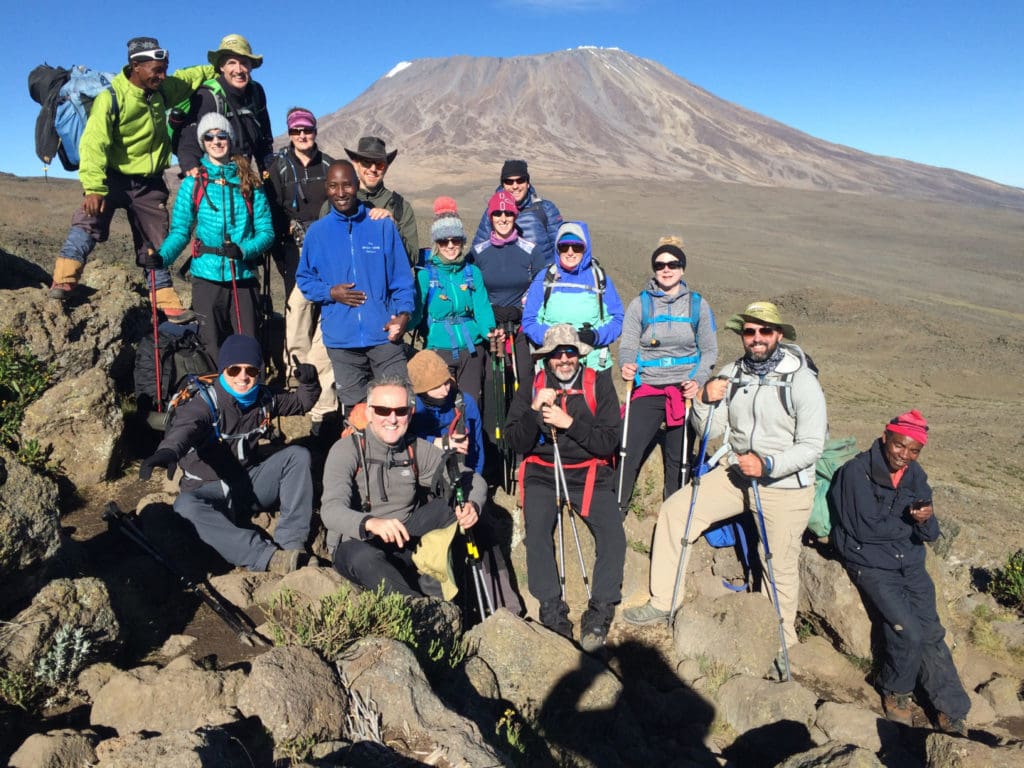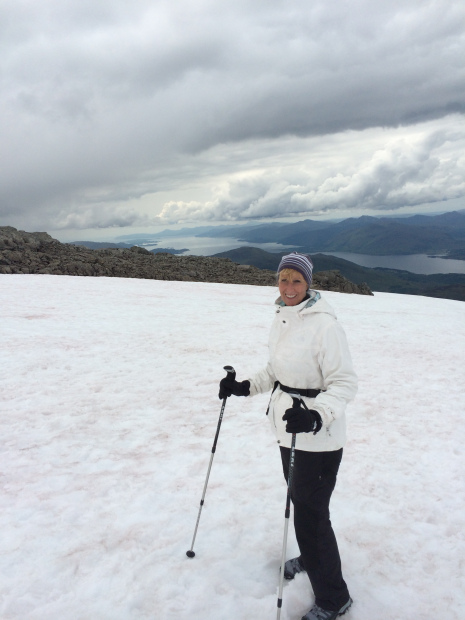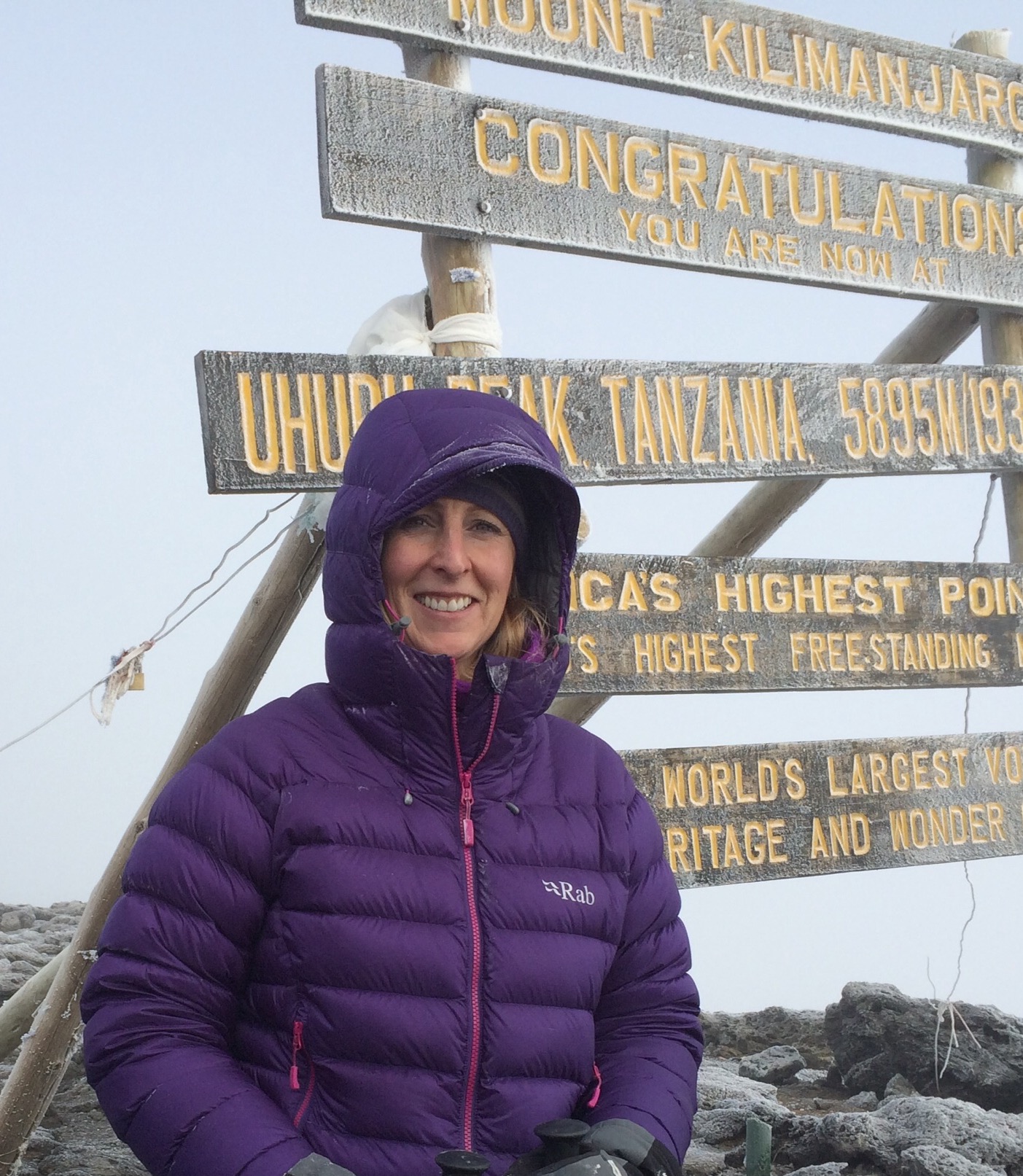Gillian’s story: Broken but not out
2 May 2017

An accident changed the life of Gillian Fowler, founder of charity BackStrong Trust, but she has been determined to live life as fully as possible. Gillian opens up about her own personal experience of a life-changing accident, adapting to her new normal, and managing chronic pain.
I am someone who has always loved the great outdoors, with hillwalking, skiing, golf and horse riding being important parts of my life from a young age. But in 2008, my life changed instantly due to a horse-riding accident near Aberdeen that resulted in my back being broken.
To this day, I have no memory of the accident. I do remember excruciating pain as I lay on the ground, and I knew instantly that I was badly injured. I just didn’t realise how bad.
My recovery has been a rollercoaster, as not only did I have an unstable break of L1 and questionable break of C5 in my neck, but my spine did not stabilise and strengthen as hoped. As a result, I had to undergo numerous major surgeries and deal with several spinal collapses. I also needed spinal injections to help with the pain, as well as years of physiotherapy. I do live with chronic pain but I refuse to give in to this. Instead, I have learned to adapt and live my life as fully as possible.
Getting home in 2008 was such a huge occasion, and my fighting spirit was fully ignited. My rehabilitation involved physio exercises that helped me to slowly building up from a few steps indoors, to managing walks outside.
The great outdoors have always been integral in my healing process (mentally and physically) as I have always found this to be where I am happiest – fresh air, beautiful countryside and being active.
It wasn’t until 2014, after yet another major spinal surgery, that I felt there was a small yet significant change to my back movement and my ability to walk more than a short distance. Such was my belief that I had just taken a giant leap forward that I decided to set myself the challenge of climbing Ben Nevis with my partner.
To many, this would seem like going from one extreme to another, but setting goals has been so important throughout my rehabilitation that it seemed this was the most natural progression (though of course, I could have aimed a bit lower – literally!).

Gillian on her climb up Ben Nevis
Without a doubt, it was a tough climb but it was also a beautiful one with great weather too. As I can’t take weight on my back, my partner carried the rucksack with our supplies and clothing layers to the top – I was so grateful for him carrying all this! When we reached the summit, I was just over the moon. The mix of emotions was incredible – happiness, amazement at the scenery, back pain that I could somehow switch off my mind from, and sheer pride.
This walk was not only a fantastic personal achievement given the surgery I had only four months prior, but it showed me what was possible with a positive mental attitude.
As mentioned, a constant in my journey back to health is chronic pain as well as nerve pain both of which are quite literally debilitating. The cause of the pain as well as its trigger can differ greatly from one person to the next. But it’s only when you are able to learn how to manage the pain that you can really start to live your life fully.
I knew I did not want to be reliant on tablets either short term, and certainly not long term, so I started undertaking some online research into how to manage pain. There was so much information – too much information in fact! But what did get my attention was reading how increasing your activity levels, and taking part in no impact exercise could be a powerful way to manage the pain and help reduce medications.
Every day, I would try to increase the duration of my walks, or the number of walks in that day. The cycle of pain was very difficult to break because the exercise increased my levels of pain as the muscles worked harder to protect the areas of weakness. But I knew that was going to be the case, and I would be very careful to have rest, and monitor pain levels and recovery times.
Finally, after over three years, the ‘pain cycle barrier’ was broken and exercise actually decreased the pain. In fact, it would only worsen on days I was not active! But I still have to work hard to maintain this.
The only time I now take medication is when my back is suffering from inflammation, nerve pain and spasms, but even then I will delay taking any tablets until I feel it is absolutely necessary. But I certainly do have to be prepared to take them when away on long treks – and this is something I am completely happy to accept as I get so much enjoyment from being outdoors, even if it may result in pain!
Since 2014, I have grabbed the outdoor life with two hands, as well as been on a journey to bring hope to others who are in a similar situation to my own. I have shared my personal story to encourage and inspire people to achieve personal feats, with my ultimate climbing achievement being to summit Mt Kilimanjaro in 2016 to mark the 8th anniversary of my accident and fundraise for my charity, BackStrong Trust.

Gillian at the summit of Mount Kilimanjaro
Although I live with chronic pain, I have adapted to what is my new ‘normal’, and I am very much supported by my family and friends.
Everyone has their own journey through life, and what is clear is that it can all become overpowering and daunting when faced with life-changing situations. We also struggle to discuss the mental health issues that may occur. But my advice is that to take a deep breath, try to break down the issues into chunk sizes, and tackle them one by one, as well as asking for help when needed. As I say in the mountains, “shuffle shuffle” – even if you’re taking baby steps, you’re still moving forward. Stay strong. #ShuffleShuffle
BackStrong Trust is a Scottish charity which provides information and support to people with a spinal cord injury who are able to walk. Back Up also supports those who can walk through mentoring and our residential course called Next Steps which covers issues like neuropathic pain and fatigue.


